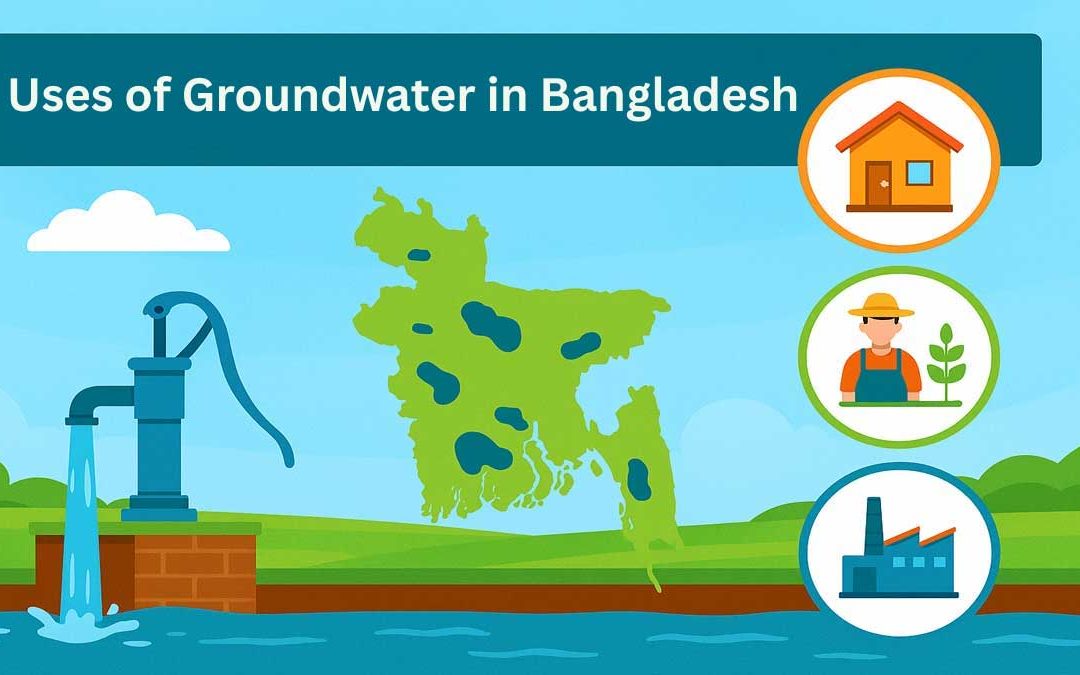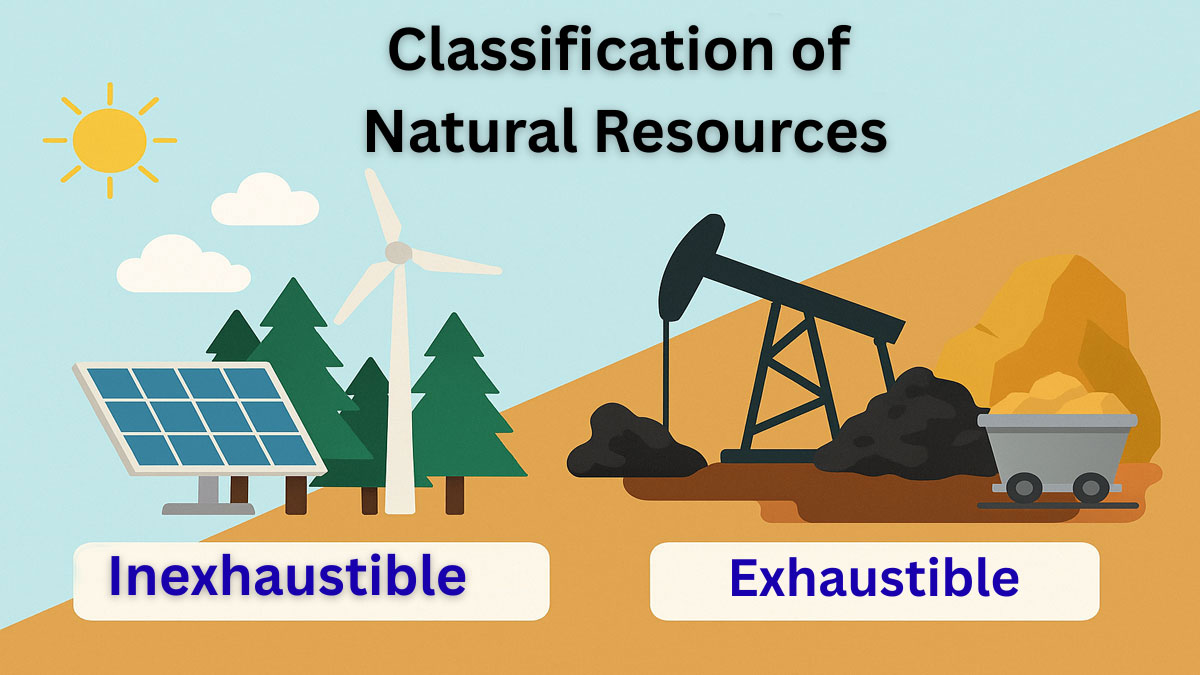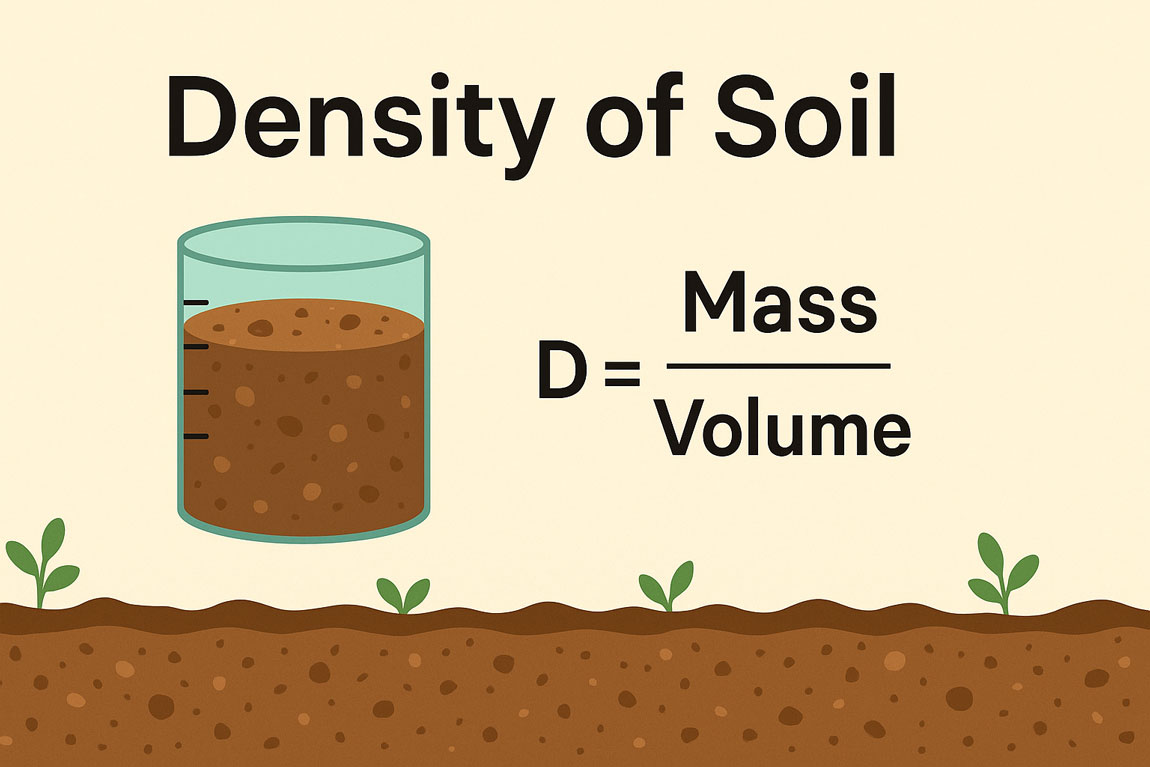Over the last six decades, groundwater has served as the primary source for domestic, irrigation, and industrial uses in Bangladesh because of its year-round availability and generally good quality. Groundwater abstraction increased significantly, primarily driven by dry season rice cultivation using minor irrigation.
Municipal groundwater use also expanded across the country, especially in Dhaka City. Industrial groundwater usage rose in major industrial belts near Dhaka and Chittagong.
Bangladesh now ranks sixth among the world’s top groundwater users, with India and Pakistan ranking first and fourth, respectively. Groundwater development in Bangladesh began during British rule, but extensive abstraction accelerated after independence in 1971.
Groundwater-level monitoring began in the 1960s through a network of observation wells created by the East Pakistan Water and Power Development Authority. The Bangladesh Water Development Board (BWDB) currently manages the national groundwater monitoring system.
Domestic Uses in Rural Areas:
In rural areas, 98% of residents depend on groundwater for drinking. Around 10 million rural domestic wells exist in Bangladesh, with nearly 90% installed privately. DPHE installs rural public water supply options, reaching over 1.7 million installations by the end of 2018.
An overwhelming 98.8% of these installations use groundwater, while 0.59% use surface water and 0.61% rely on rainwater. To avoid salinity, deep wells (>150 m) began appearing in coastal areas after independence. Deep tubewells gained popularity in non-coastal areas after arsenic contamination surfaced in shallow wells.
A study by BGS and DPHE (2001) revealed that only 1% of deep wells exceeded the arsenic limit of 0.05 mg/L, compared to 27% of shallow wells. Since 2002, arsenic-affected regions have seen accelerated deep well installations, proving effective in arsenic mitigation.
Domestic Uses in Urban Areas:
Urban population growth in Bangladesh rose from 7.6% in 1970 to 37.4% in 2019. Dhaka alone hosts nearly half the urban population, followed by other cities such as Chattogram, Khulna, Rajshahi, and Sylhet.
Urban groundwater supply began in the 1940s under DPHE, with WASA established in 1963 to manage Dhaka’s water. Major improvements followed after independence. Today, four WASAs manage supplies in Dhaka (including Narayanganj), Chattogram, Khulna, and Rajshahi. City corporations and over 300 municipalities handle supplies elsewhere with DPHE support.
By the 1980s, Dhaka relied on groundwater for over 95% of its water supply. As of 2019, about 79% of water for 20 million Dhaka residents came from groundwater (DWASA, 2019). Other cities also depend almost entirely on groundwater, except for Chattogram, which sources mostly from surface water. About 95% of smaller towns use groundwater exclusively.
However, Dhaka’s groundwater sustainability remains a concern due to overuse and land-use changes. Other cities also face declining groundwater levels. For instance, Chattogram experiences continuous depletion, prompting calls for alternative sources. In Khulna, studies recommended using surface water or external well fields to reduce dependence on local aquifers.
Poorly regulated drilling and excessive abstraction threaten long-term urban water security. Rajshahi and Sylhet regions also report declining water levels, calling for joint use of surface and groundwater.
Irrigation Uses:
Before the 1980s, surface water dominated minor irrigation. After liberalizing the use of shallow tubewells, groundwater use for irrigation surged. By 1982, groundwater surpassed surface water in irrigated area coverage.
According to BADC (2019), 66 Mha of land was irrigated in 2017-18, with 73% covered by groundwater and 27% by surface water. Shallow tubewells accounted for over half of irrigated areas, followed by low-lift pumps and deep tubewells. Gravity and canal irrigation ranked lower.
Industrial Uses:
Agriculture dominated Bangladesh’s economy until the 1980s. Industrial development began with jute in the 1950s, followed by pharmaceuticals, leather, and garments in the 1980s. Gazipur, on Dhaka’s northern edge, transitioned rapidly from farmland to an industrial zone.
Today, more than 2,000 industries operate in the greater Dhaka region. Most of them extract large volumes of groundwater from the Dupi Tila aquifer, the same aquifer used for Dhaka’s municipal supply.
Groundwater abstraction in Greater Dhaka is projected to rise from 5.9 Mm³/day in 2019 to 10 Mm³/day by 2030. DWASA uses about 40% for municipal supply, while industries consume the remaining 60%.
Parvin (2019) reported sharp groundwater depletion in Gazipur, especially between 1998 and 2005. The pattern worsened after 2000, underscoring the urgent need for groundwater management in industrial areas.






